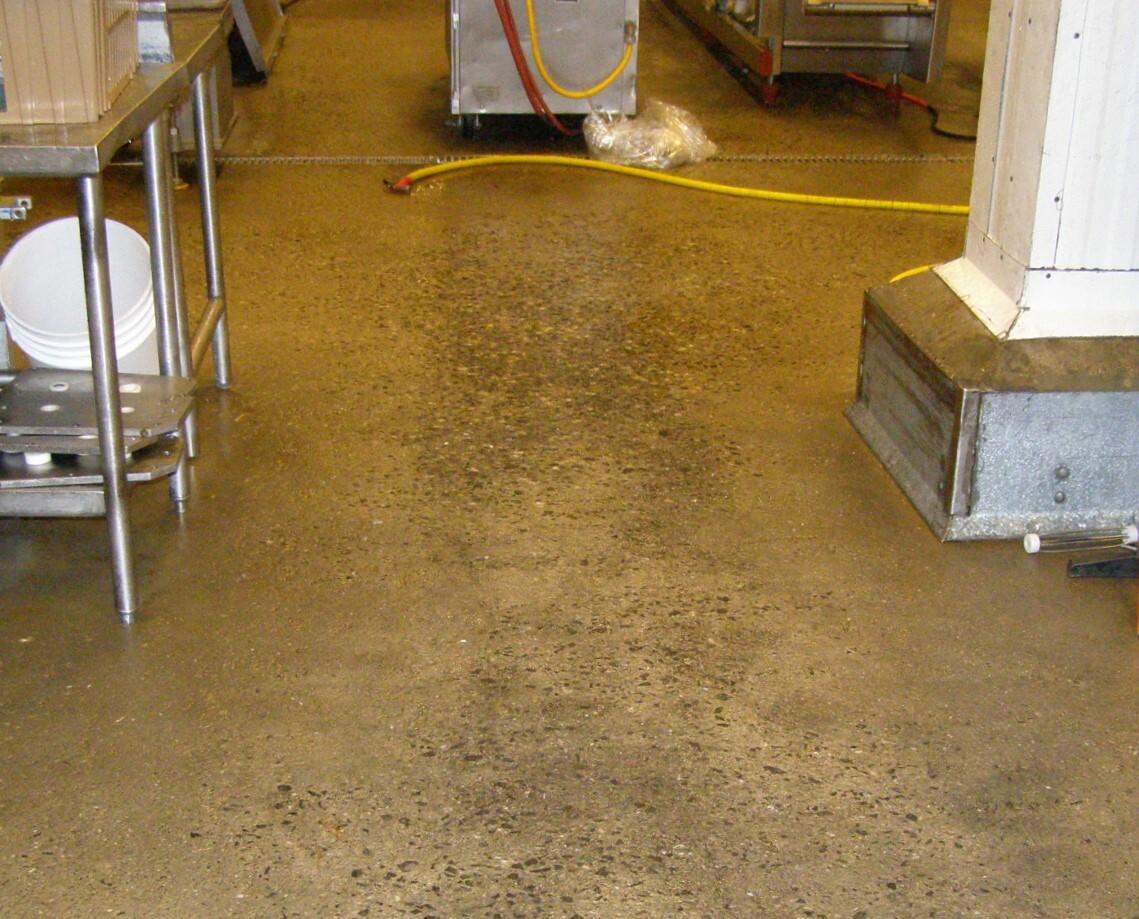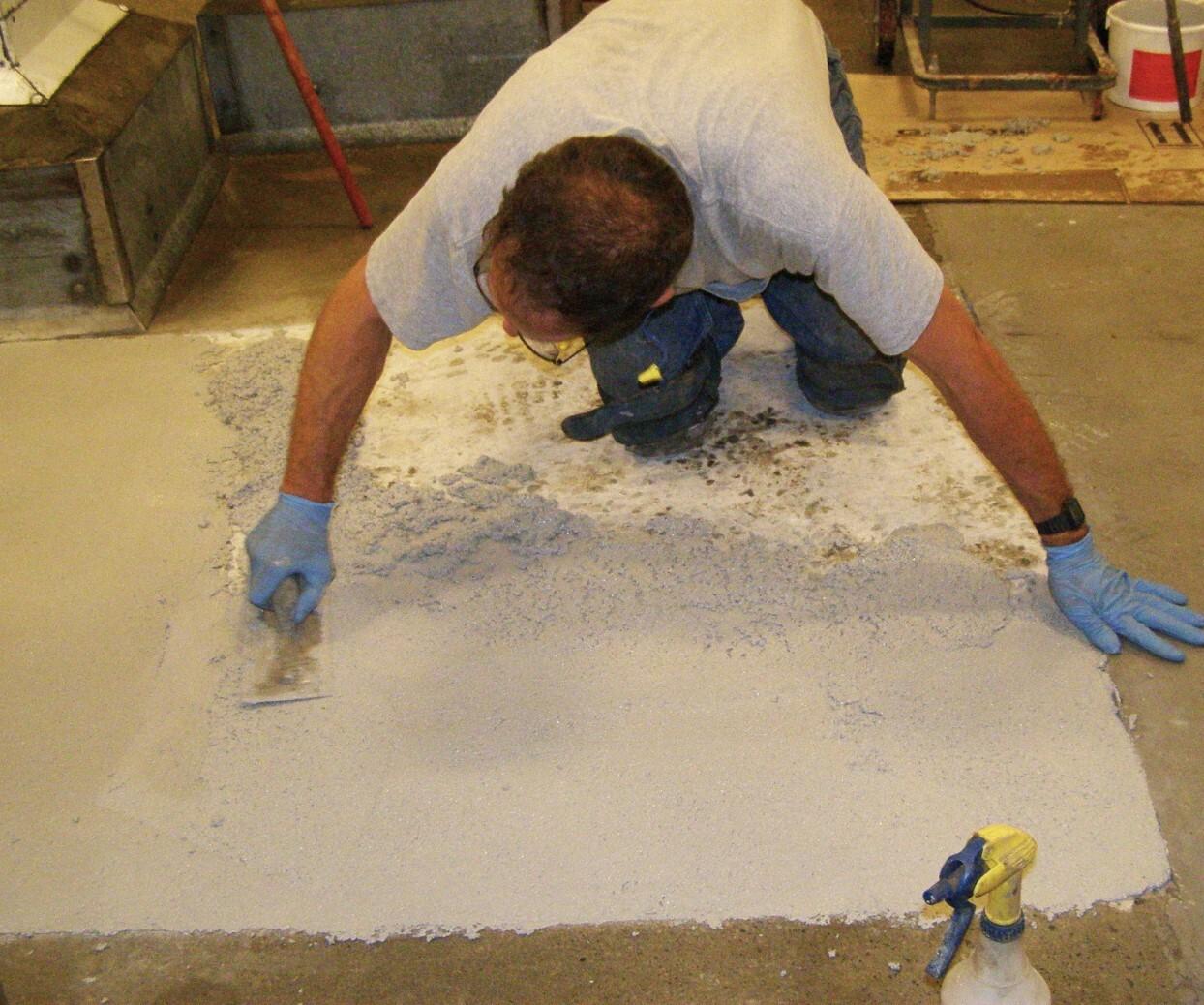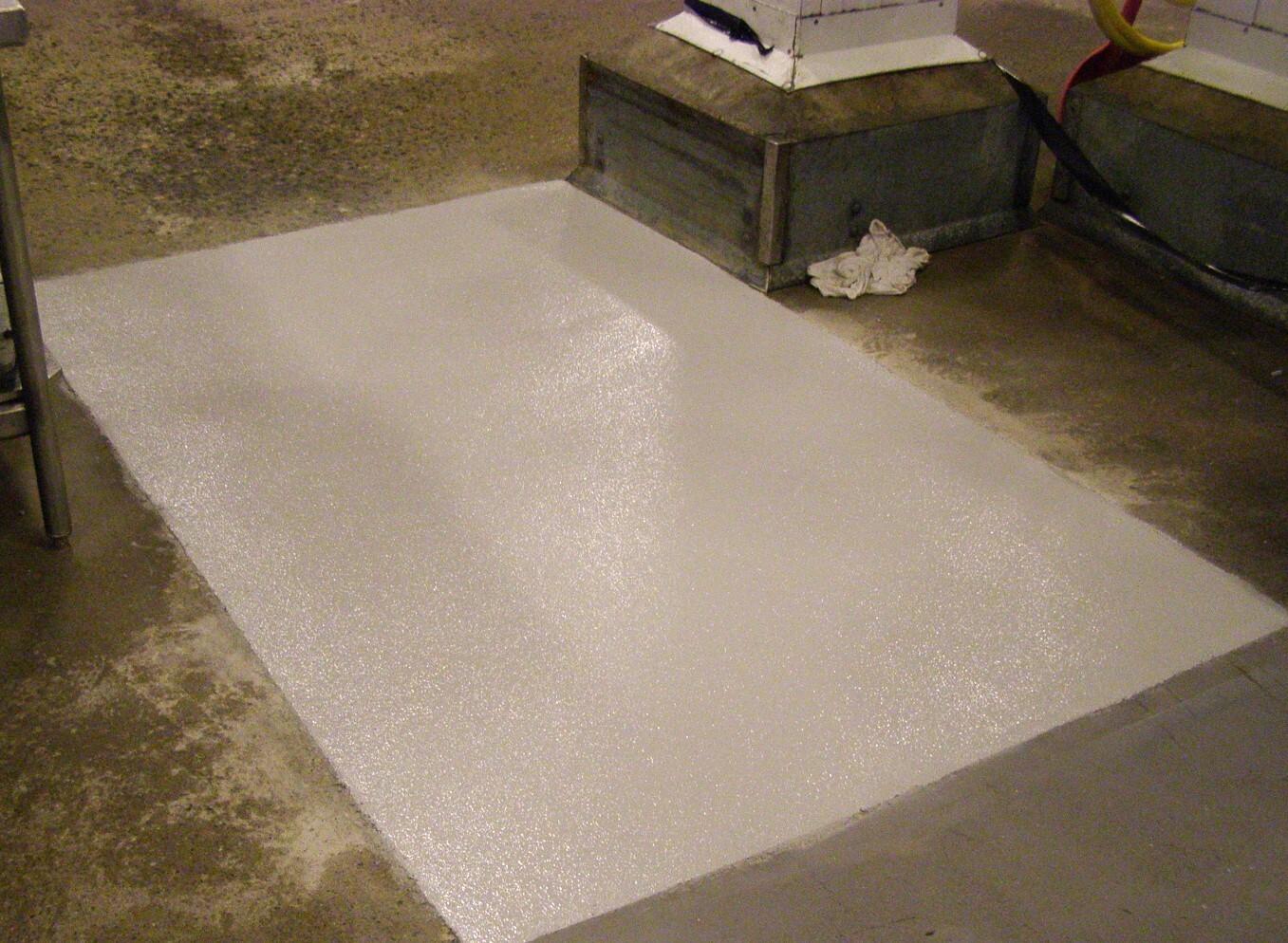Resurfacing Severyly Damaged Concrete Floors with Urethane Cement
Introduction
When your facility floor is beyond basic repair (cracked, spalled, or chemically damaged) it’s time to bring in a heavy-duty solution. MORTARTHANE™ HF is designed specifically for resurfacing severely damaged concrete floors, especially in industrial settings where durability and chemical resistance are non-negotiable. Follow this guide to restore your floors with confidence.

Step By Step: Urethane Cement Application
Step 1: Evaluate & Prep the Surface
Before you apply MORTARTHANE™ HF, inspect the floor thoroughly. Identify areas with deep cracks, missing sections, or chemical burn. Remove loose concrete and debris. Shot blasting or diamond grinding is recommended to create a clean, porous surface that allows optimal bonding.
Step 2: Repair Major Structural Damage
For areas with deep gouges or large voids, use a compatible concrete patching compound. Fill and level these zones before applying MORTARTHANE™ HF to ensure an even resurfacing layer. Allow repairs to cure fully according to the manufacturer’s instructions.
Step 3: Mix the Resurfacer Properly
Follow the mix ratio on the product packaging carefully. Use a low-speed industrial mixer to combine the components until a uniform, lump-free consistency is achieved. Do not mix more than you can apply within the working time.
Step 4: Apply the Resurfacer
Pour MORTARTHANE™ HF onto the floor and spread evenly using a steel trowel or screed rake. Maintain a consistent thickness, typically between 3/16” to 1/4”, depending on the severity of the damage. Work quickly to keep a wet edge.

Step 5: Finish & Cure
Allow MORTARTHANE™ HF to cure undisturbed. Full cure typically takes 24–48 hours, depending on temperature and humidity. Restrict traffic until the surface is fully cured.


The New Standard for Old Floors
Bringing a severely damaged floor back to life may seem daunting, but with the right preparation and a product like MORTARTHANE™ HF, the results are both durable and professional. Restore strength, safety, and appearance, without the cost of full replacement.
Not sure which repair products are right for you? Contact our team today.
